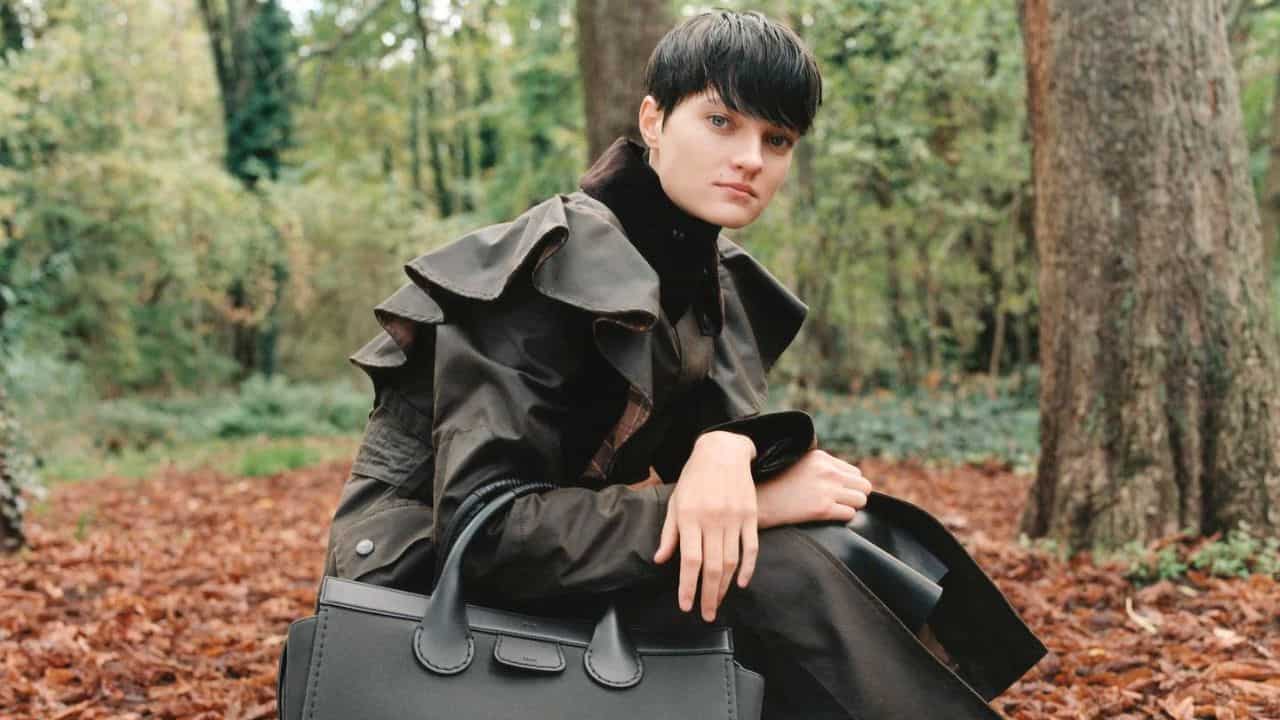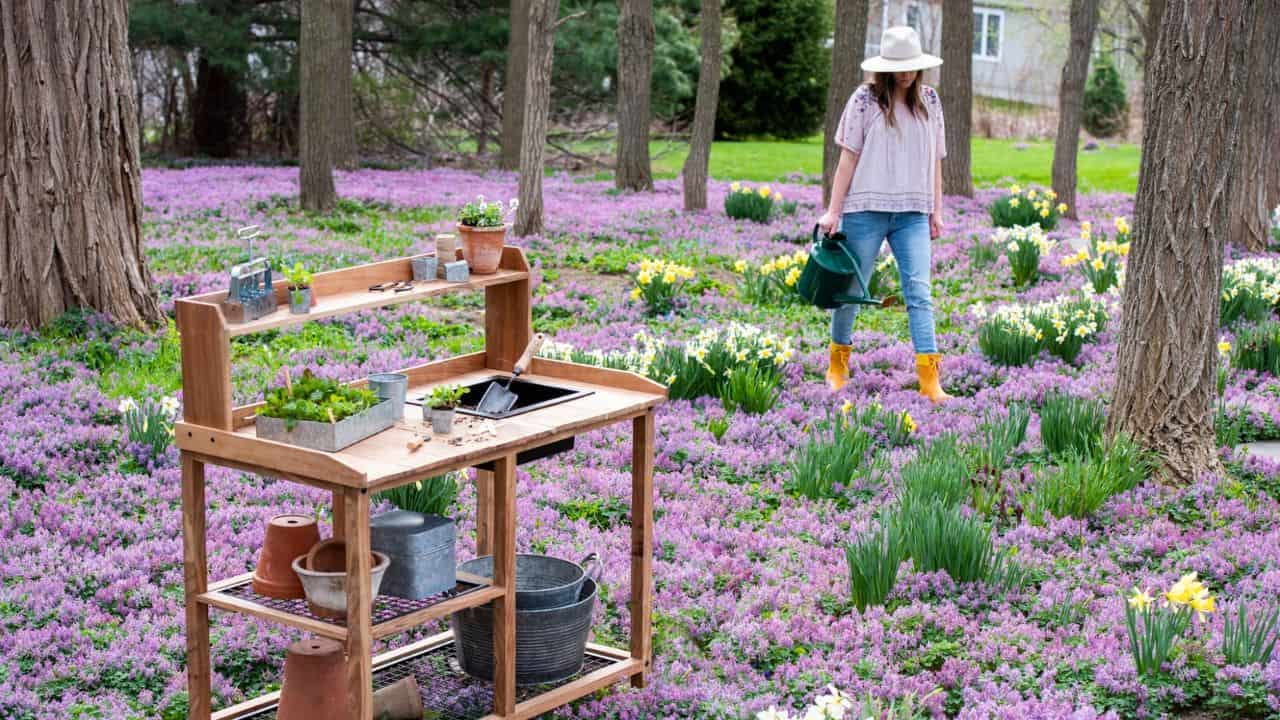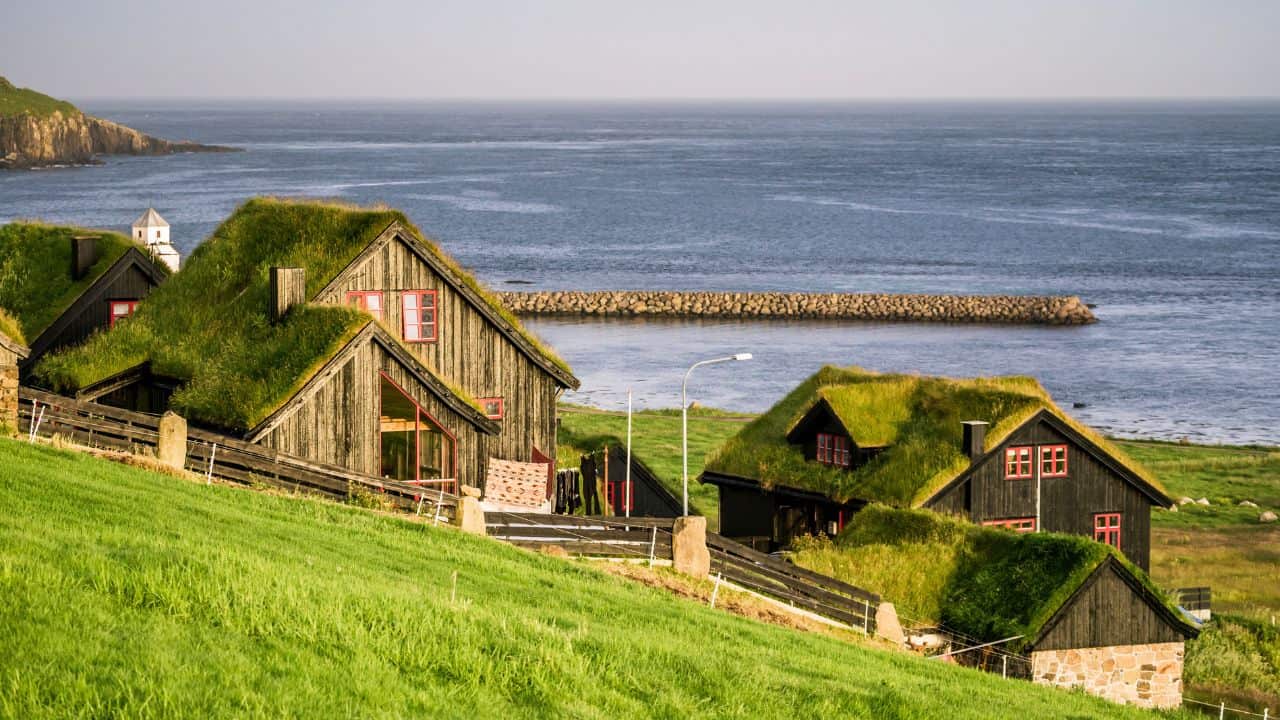Think about it.
When was the last time you used your imagination?
Ok, aside from what you’d do if you won the lottery.
Remember when you were a kid and you imagined entire worlds, made up games, designed things in your mind and willed them into being.
Whether you’re all signed up to the power of positive thinking and our thoughts playing a role in the reality we end up inhabiting, or whether you draw a blank when asked to imagine what a ‘sustainable future’ really looks like – there’s no denying that we need our imaginations now more than ever.

From What If To What Is is Rob Hopkins’ debut book is about the questions we need to ask ourselves; the rediscovery of self-belief, willpower and hope, and ultimately how we create a more positive future, through using the skills that make us human in the first place.
Founder of the Transition Network, which helps communities to move towards a low carbon future, Hopkins has spent the last few years, travelling the world, finding positive change in parent’s communities, creative disruptors and town planning – and relishes sharing what he’s found – that together we can change the status quo, regardless of what corporations, governments and heads of state are doing. We just need to get on with trying.
His book tackles big questions and challenges the status quo to provoke thought – what would happen if we banned cars from cities or took play seriously or we could make impactful changes on our local communities? The last two especially get a lot of attention in the book, through a series of examples of communities all over the world getting on with changing their environment and priorities, from parents’ blocking off streets so kids can play out, to an open source model of how people can help create a thriving neighbourhood, no matter where they live.
What results is an inspiring, easy to grasp read that empowers inviduals to work together take action.
I defy you not to want to start something by the time you’re halfway through.
I tracked Rob down, while he was immersed in crowdfunder to give his local microbrewery back to the community in his hometown of Totnes.

pebble: Why aren’t we using our imaginations more?
Rob Hopkins: We have allowed the creation of a perfect storm of factors that are harmful to our imagination, so that the erosion has happened over decades without us noticing it.
Imagination and memory come from the brain that shrinks when it’s anxious and stressed. As a result we have lost the ability to look at the future in positive ways. When everyone is running on fumes, we can’t imagine. I have a lot of friends in the theatre industry who are responsible for our collective imagination, and everyone is exhausted trying to keep on top of it all. It’s not fun or productive, if we don’t create the right conditions to be imaginative.
pebble: Your book asks us to question the systems that our societies are built on and rethink them to get us to a lower carbon future. How do we get people to question such structures for perhaps the first time?
RH: I massively admire Extinction Rebellion, and my wife is heavily involved but I worry within the narrative is still that ‘we’re fucked’ and it’s too late, a collapse is now inevitable and our job is to cushion the landing – but they might not be right.
The 2018 IPCC report [which laid out we have 12 years left to really avert the Climate Emergency] is the scenario if we don’t do anything but what if we do? What if this is the tipping point now?
For many of us who have been doing this for decades, it’s been bloody hard working against cultural narratives and structures and like pushing a boulder up a hill and sometimes it rolls backwards.
But I try to get people to imagine, and to allow themselves to go there, what if XR and the Fridays4Future school strikes lead to a knock on cascade, which could happen, tectonic plates are starting to shift.
If you think 20 years ago there was no internet; 10 years ago we had just got the smartphone, both of which have transformed things.
If this is the brow of the hill, we have very little experience of what is on the other side. We have a 2030 target to get to zero carbon and a Green New Deal but what will life be like if we hit that?
Unless we can imagine something, we assume it’s not going to happen and it’s a self fulfilling prophecy.

pebble: Tell us more about your ‘time travel’?
RH: I ran an act of mass time travel in Brussels for 1500 people. I asked them to think about what life would be like, 11 years forward in the future, ie 2030 and the UK was a zero carbon nation. What institutions had changed? How had society changed? If you sit in silence, what do you see and smell? I asked people what jobs they’d be doing in 2030. Imagine ie we measured wildlife and carbon emissions instead of GDP?
Scroll down to find out what Rob Hopkins will be doing at pebblefestive on 30 November!
pebble: How do we use play to help change the world for the better?
RH: We respond to playfulness and humour. One of the stories in the book is about a mayor in Bogota who used being playful to win elections.
I also talk about the Bank Job, a project motivated to do something about rising levels of debt in a London community. They took over an old bank, printed bank notes, sold them as works of art and then bought and cancelled the local debt.
Our complex problems need imaginative answers and we need play to unlock them. I did an improv course which really helped me take our default ‘yes but’ approach to problem solving and evolve it to ‘yes and’. We need to build on ideas rather than knock them down.
I have developed a workshop that’s about being play into this and it’s really powerful. We build a city of the future out of cardboard – it’s immersive, imaginative and having a space where there’s no wrong answer, we don’t have that anywhere else.
One thing I’ve found after asking 350 adults to build an imaginary high street out of cardboard and string, so many people have gone off and made it happen. I played a brewery and bakery and six years later, that has happened. I have shares in a co-op brewery that is evolving into a bakery.
As adults, we rarely get to play. It was extraordinary, everyone there believed in to the extent when it was lunchtime, no one wanted to go and we had a big street party down the middle of the street.
“Everywhere I go people want a National Imagination Officer”
pebble: In From What If To What Is you talk about Citizen Assemblies. They’re becoming a popular idea but how do they help us imagine a greener future?
RH: I talk about a National Imagination Act, which is the opposite of austerity. Austerity by definition is a war on the imagination.
In Bologna they’ve created a Civic Imagination Officer who oversees spaces and workshops where the local community can come together to imagine and dream via Citizen Assemblies. They’re a really important middle ground between government and people, where ideas emerge and the municipality trusts the people to create and the people trust the municipality to put those ideas into action, so they create pacts.
In Bologna, they’ve created 500 pacts in the last five years. But they only work when the results are acted upon. Otherwise the trust is broken.
If we’re going to scale up our imagination we need space in our lives and space in our society through less work and/or universal income and places where imagination is invited, practiced through places like Citizen Assemblies and government partners who make pacts to respond. Then it’s safe to imagine, rather than feeling hopeless.
Everywhere I go people want a National Imagination Officer. It strikes people as something we need so how do we get there? At the moment there are too many out of touch local governments, people aren’t engaged with local processes and the obstacles to ordinary citizens are many and confusing.
“We have to be able to imagine the future first before we can build it”
pebble: What do you want people to take away from the book?
RH: It would be to see if they can do an imagination audit of their life. What ways can I as an individual or parent create the best conditions for the imagination? Is there space? Is there a place? How can I design a different relationship with my phone? How can spend more time outdoors, reading and daydreaming?
We have to be able to imagine the future first before we can build it. Imagination needs space and we need time and we need to feel calm and connected.
From What Is To What If is published by Chelsea Green and is out now.
Join Rob Hopkins and me as we imagine a Low Carbon future in 2030 in an interactive session at pebblefestive. From 4.30pm, O’Meara Theatre, Flat Iron Square. 30 November. Full details below.










